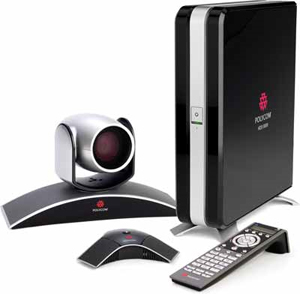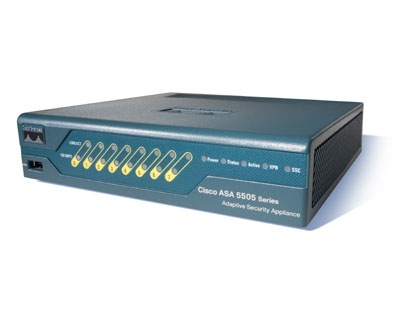Voici une nouvelle version qui va rendre plus d'un intégrateur de solution UC500 heureux!
CCA 3.0 facilite la vie concernant la francisation de la langue, livré par défaut en anglais US, les précédentes versions de CCA sont un vrai calvaire pour effectuer se changement de langue, par exemple, en cca 2.5, impossible de charger les fichiers de langue en 7.1..., il faut la version CCA 2.4...
CCA 3.0 est la seule version permettant d'utiliser les fichiers de langues pour CME 8.1, cela sert a rien d'essayer d'utiliser les fichiers de langues 8.1 avec CCA 2.6, il ne les verra jamais (je viens de perdre beaucoup de temps a cause de cela).
Importante nouveauté aussi, Cisco fournit des fichiers prêt a l'emploi pour chaque langue (UC500_8.1.0_locale_fr_FR.zip), avec CCA 3.0, on peut maintenant directement dans maintenance->software, procéder a la mise a jour de la langue en meme temps que celle de l'ios, autant dire que c'est un gain de temps non négligeable (et cela evite de perdre patience en vérifiant 10 fois que les bons fichiers sont dans le répertoire C:\Program Files (x86)\Cisco Systems\CiscoSMB\Cisco Configuration Assistant\appdata\phoneloads et que CCA ne veut pas les prendre en compte...).
Téléchargement de CCA 3.0: http://www.cisco.com/go/configassist
Des informations: https://cisco-support.hosted.jivesoftware.com/docs/DOC-14424
Dans Maintenance->Software:



















